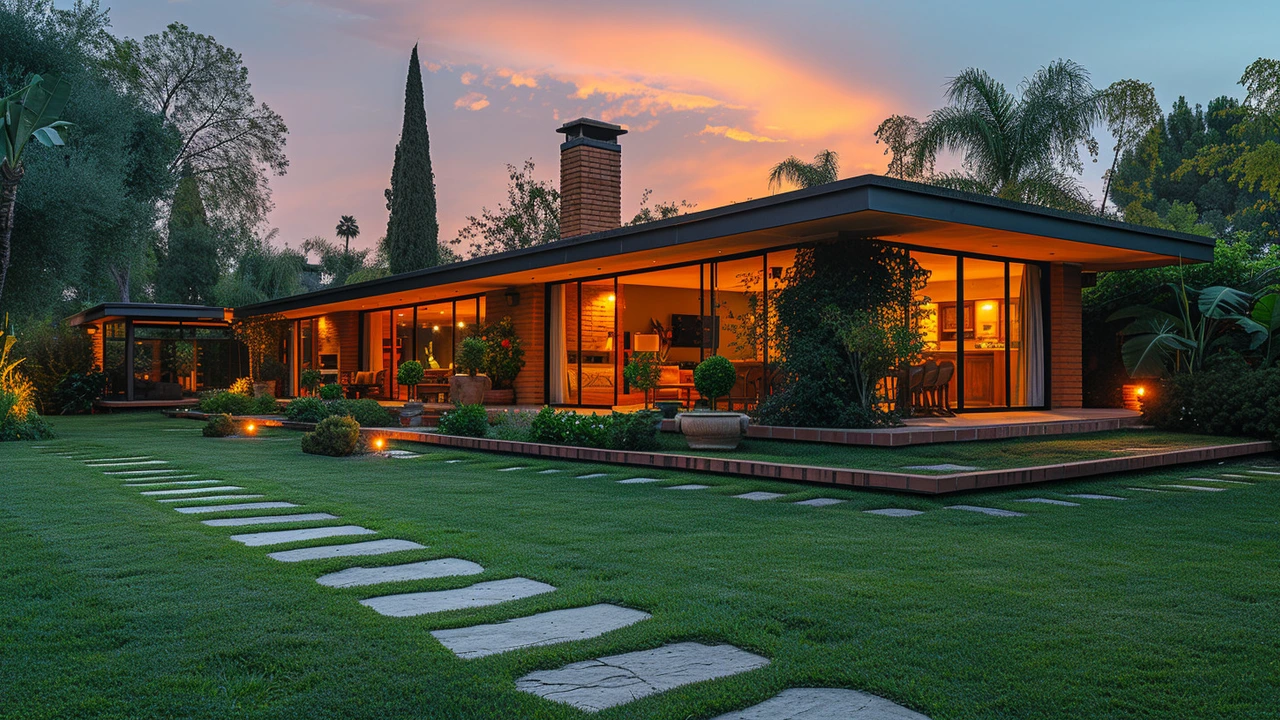Discover the allure of ranch-style homes and why they may just be the perfect choice for minimalists seeking a simple yet stylish living space. This article delves into the architectural features that make ranch-style houses ideal for those who love efficient and sustainable living. From their single-story layout to their emphasis on open spaces and integration with nature, you'll learn all about the benefits these homes offer and how they cater to a minimalist lifestyle. Whether you're considering buying a ranch home or just curious about minimalist architecture, this guide covers everything you need to know.
Efficient Living: Smart Design for Real Homes
Want a home that feels bigger, costs less to run, and actually fits your life? Efficient living is about simple, specific choices—layout, materials, and small tech upgrades—that give you more use from every room. No fads, no wasted space.
Start with layout and flow. Open-plan ranch-style houses cut long hallways and make small footprints feel roomy. Mid-century modern plans prove you can get storage, circulation, and comfort without wasted space. Think in zones: sleeping, working, cooking. Make each zone flexible so it can shift during the day—an office that becomes a guest room, a dining table that doubles as a homework station.
Choose multifunctional furniture. A storage bench by the door, a sofa that converts to a bed, and wall beds free up floor area fast. Built-ins fit odd nooks, create clear sightlines, and reduce the number of free-standing pieces that clutter a room. Use furniture to define spaces instead of extra walls.
Use daylight to your advantage. Put living spaces where they get steady sun in winter and shade them in summer with deep eaves or blinds. Good daylighting lowers lighting needs and makes places feel larger. If you live in a hot climate, borrow ideas from Mediterranean Revival homes—shaded patios and courtyards cool naturally without extra energy use.
Upgrade thermal performance. Old buildings like colonial or Greek Revival homes often have thick walls that store heat. Add insulation, seal gaps, and replace single-pane windows to stabilize indoor temperatures. Small fixes—programmable thermostats, weather stripping, better attic insulation—usually pay back quickly on bills.
Materials and maintenance that save money
Pick durable, low-maintenance finishes. Porcelain tile, composite decking, and metal roofing last longer and need less care than wood. Reclaimed brick and wood add character and are tough where wear shows. Prioritize repairable systems—simple plumbing access, modular HVAC parts—so repairs are cheap and fast when needed.
Practical design moves you’ll use every day
Put laundry near bedrooms, not in a far basement. Add a mudroom or drop zone at the entry to catch shoes and coats. Use consistent flooring to make small spaces feel connected. Install enough outlets and charging spots so clutter stays off counters. Vertical storage—mezzanines, tall cabinets, loft beds—expands usable space without expanding the home.
Mix old and new. Historic styles teach durable construction and passive strategies; modern design gives compact systems and efficient tech. Look through examples like high-tech façades for inspiration on integrating systems, or Bauhaus and mid-century ideas for clean, space-saving furniture. Read up on ranch-style layouts and American Craftsman details for practical plans you can adapt.
Efficient living isn’t a single look—it’s a set of choices you can apply to your home now. Pick one change, try it, and build from there. Small, practical moves add up to a home that runs better, costs less, and fits the way you live.

